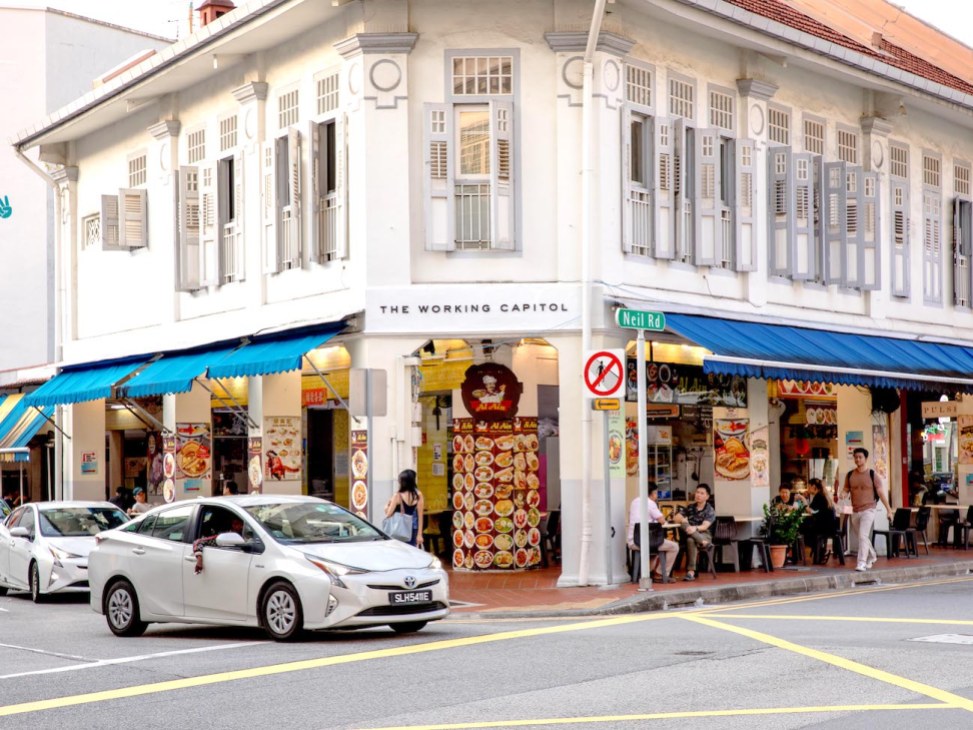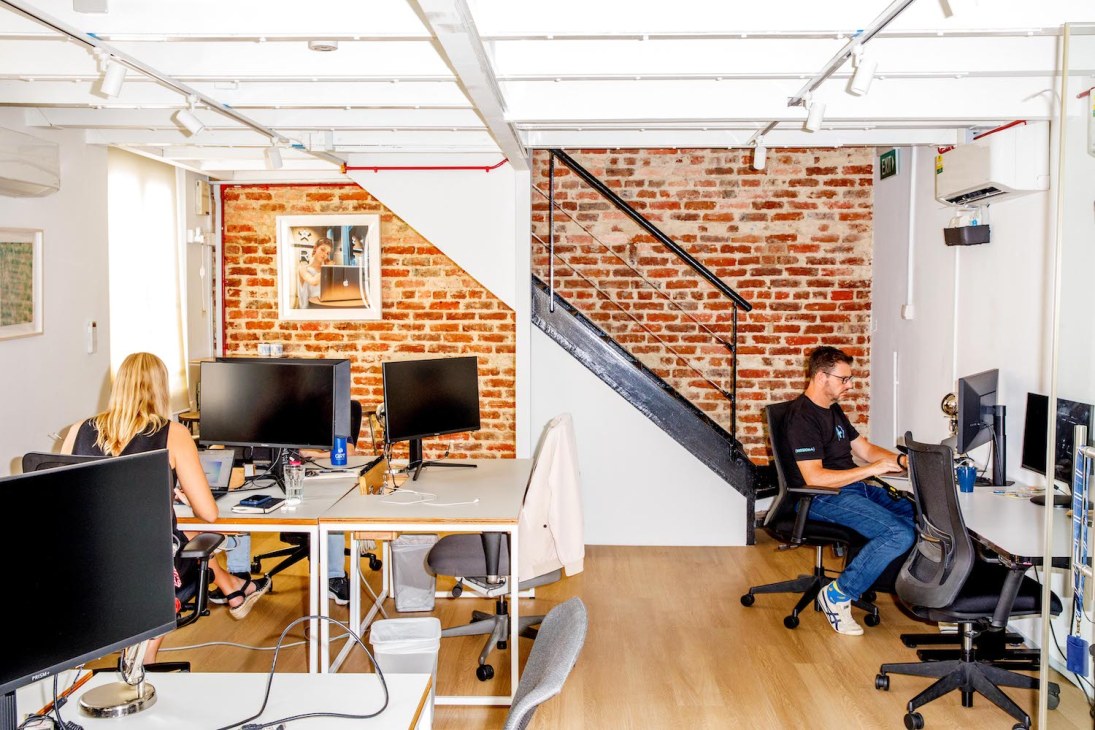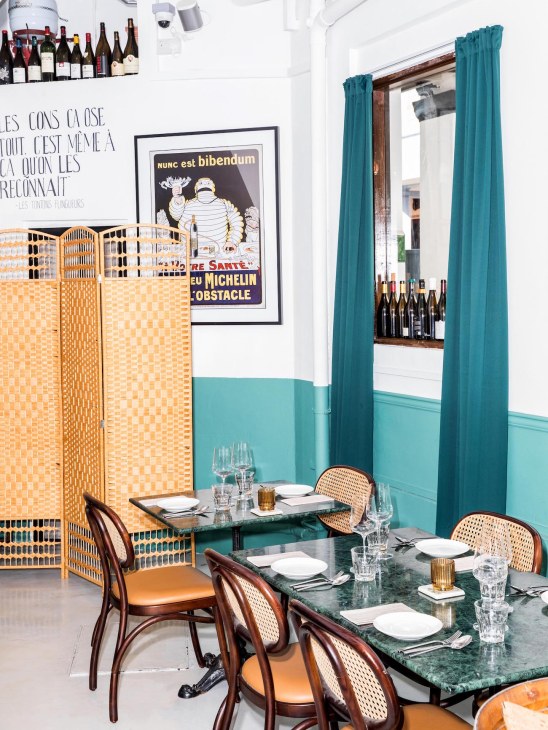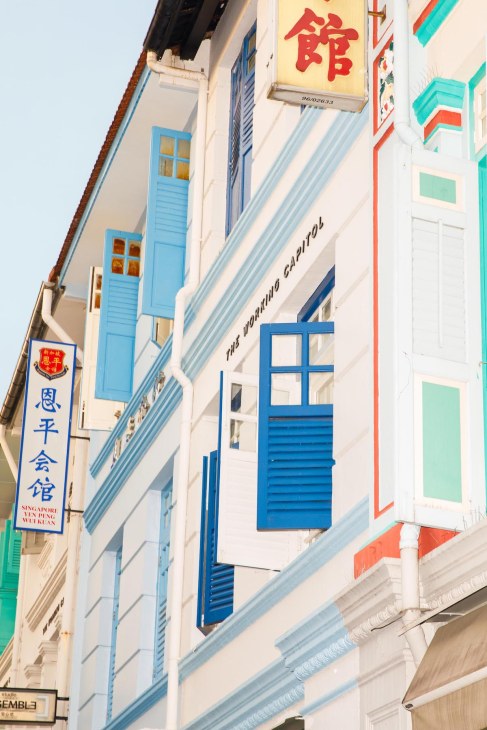How to build real estate businesses from conversion, not demolition
Singaporean developer Ben Gattie is turning the city’s neglected heritage buildings into vibrant, in-demand spaces that blend character, community and commerce.
When property entrepreneur Ben Gattie set out to restore one of his first heritage site in Singapore, he began with a disused 1920s-era biscuit factory with high ceilings and an ornate stuccoed façade. The site had been unoccupied for a couple of years and, though it was a little weathered by time and neglect, Gattie immediately saw its potential. Within a year, it had become The Working Capitol, a co-working space, complete with a lively mix of cafés and restaurants.

“Thanks to the building’s conservation status, it couldn’t be torn down,” says Gattie. “Instead, we considered how we could bring it to life. And it turned out that the site’s character made it the ideal property for the project. It helped us to attract and anchor the dream tenants that we wanted alongside the corporate ones.”
The Working Capitol was just the first of many. Today, Gattie’s Singapore-based real-estate company, Triple P, oversees more than 35 conservation properties across the island state’s Chinatown neighbourhood. Indeed, restoring heritage sites has become its principal mission.

“Adaptive reuse gives you flexibility,” says Gattie. “We can develop our layout and user experience based on a property’s unique configuration. It is exciting when you can instil your brand vision around a property, instead of the other way around.”

Part of the appeal of working with heritage sites for property projects is that, in addition to their uniquely Singaporean identity, these spaces tend to be distinctive enough to attract both international and local brands. Triple P’s constellation of heritage buildings along Keong Saik Road, for example, has enticed several global tenants, including Indonesian hospitality brand Potato Head and Canadian athletic-clothing retailer Lululemon, which sit alongside home-grown brands such as milliner Hat of Cain and restaurant La Cabane. And just around the corner at 89 Neil Road, a factory that once produced herbal pain-relief medicine Tiger Balm now accommodates bespoke workspaces for businesses that include software company Figma and concert promoter Live Nation.


For the next phase of Triple P’s growth, Gattie is focusing on residential projects. The firm has acquired two old walk-up style apartments in the Little India district, on the doorstep of the city’s business quarter. These have been repurposed into 16 individual residential units for a co-living operator, which opened earlier this year and offers easy access to the city, as well as a sense of community and security.
As an entrepreneur, Gattie saw an opportunity in a city that is renowned for its make-it-new attitude but also has a wealth of underutilised architectural marvels. “When working with heritage sites, you have to remain open-minded,” he says. “There has to be a compromise between nostalgia, romanticism and practicality for the spaces to be both special and commercially viable.”



